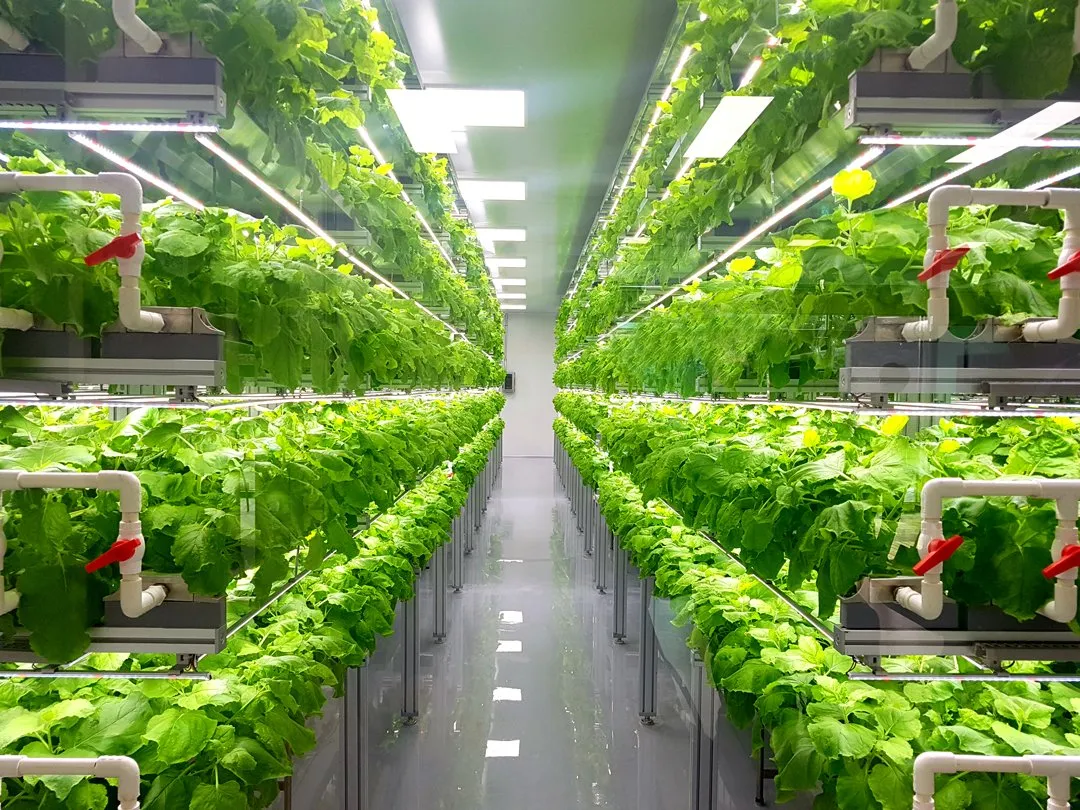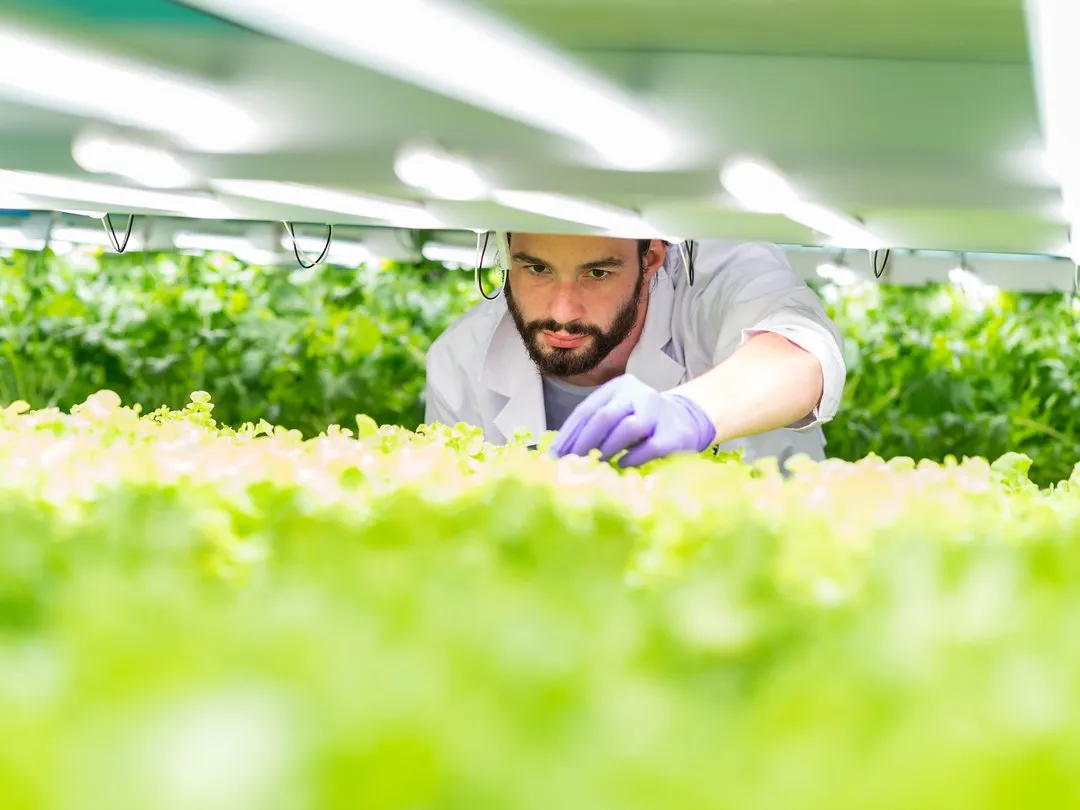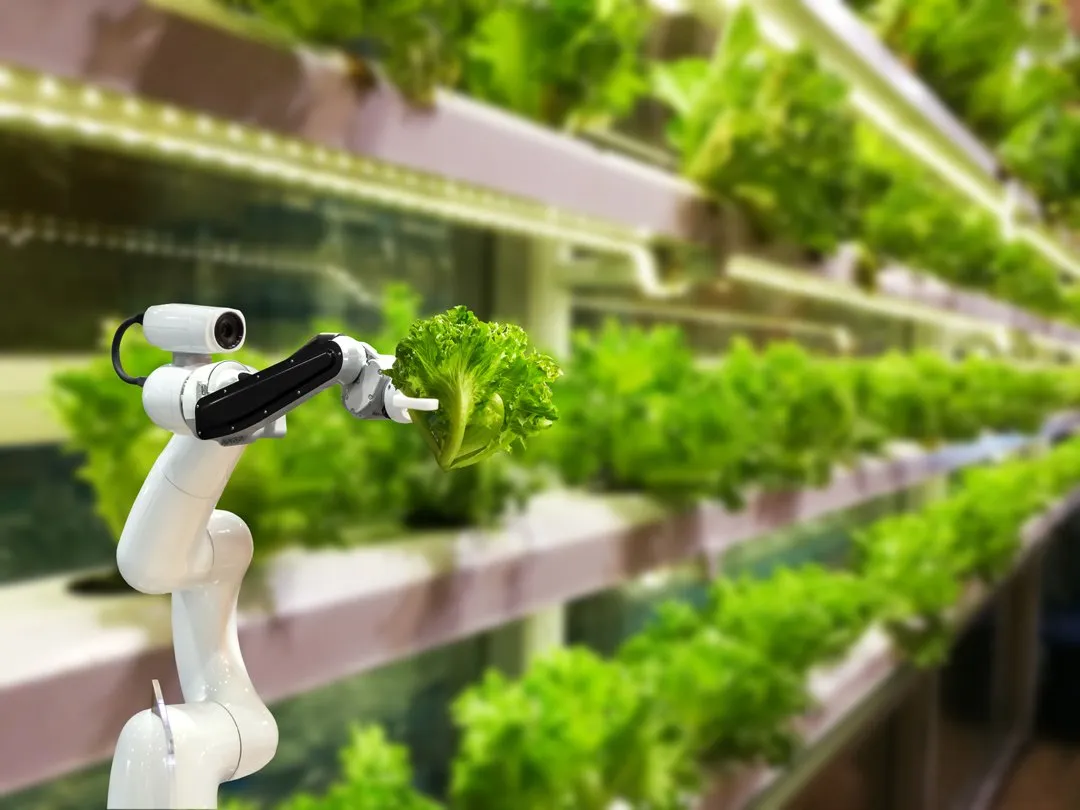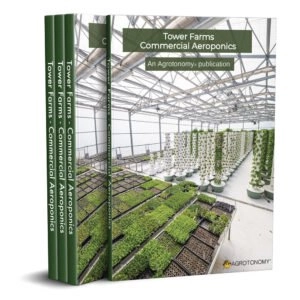• FarmedHere
• PodPonics
• Local Garden Vancouver
• AeroFarms (Restructuring)
• GrowUp Urban Farms
• Plantagon
• Sky Greens
• Agricool
• Infinite Harvest
• AquaHarvest
• Green Spirit Farms


Why is high-tech vertical farming failing?
These companies’ failures have negatively impacted the vertical farming industry, and rightly so, considering the reasons why they failed.
Every single sizeable vertical farming project that recently closed its doors had the following in common:
1. All the vertical farms listed above employed high-tech systems run by expensive IT personnel, who were paid higher wages than qualified agronomists and horticulturists. These highly paid IT individuals created an unprecedented overhead in the indoor farming industry. This increase in payroll had to be either reflected in the price of the produce or, to stay competitive with local markets, the vertical farms had to severely squeeze their profit margins, often resulting in growing produce at a loss.
The over-the-top unnecessary robotization of farming requiring expensive technical staff is one of the main reasons why high tech vertical farms are failing.

2. A fully automated HVAC system (controlling temperature, humidity, CO2 levels, air circulation, and recirculation) involves a high-tech computerized system. Although a high-tech HVAC system is necessary, many of the failed vertical farms recklessly spent investor money to unnecessarily robotize most of the farming process. From planting seedlings to harvesting, multimillion-dollar robots were custom-built to replace human staff.
3. The irrationally high investment required for robots and other unnecessary high-tech equipment was not only ludicrous but also proof that the individuals in charge of spending investors’ money had no experience in farming. Most high-investment vertical farming projects are developed by companies wishing to diversify, businessmen changing careers, investment bankers, etc., rarely involving professionals with experience in agriculture. These projects are often developed by agro-consultants who do not understand the ROI ramifications involved.
4. Most of the vertical farms that failed produced too many baby greens and microgreens. Most of the stacked trays used in vertical farming are designed to produce small vegetables. In many cases, the market was not ready for such high production of baby greens and microgreens.
5. All these bankrupted vertical farms started too big instead of developing their presence incrementally according to their growing markets.
6. Every vertical farm listed above had a very high energy overhead. Instead of investing in excessive high-tech robotization, budgets should have focused on developing green energy options.
Most of these failing farming endeavors were conceptualized and developed by people not spending their own money, leading to excessive spending on unnecessary high-tech equipment. These are the type of people who spend most of their time writing business plans, fundraising, and conducting financial assessments but never invest the time to understand the agricultural ramifications involved with indoor vertical farming.
In other words, failure was inevitable for these vertical farming projects, considering that farmers had been replaced by executives working with teams of tech experts.
Why is Tower Farms vertical farming system thriving?
We consider a Tower Farm to be the analog version of vertical farming. Unlike these failing projects, no expensive staff is required to operate a vertical farm using aeroponic towers. No IT personnel, agronomists, or even horticulturists are needed to run a Tower Farm. We invite you to read the following article titled “Tower Farms: No Previous Farming Experience Required!“
Contrary to high-tech vertical farming, a Tower Farm does not require sensors, as our food-growing systems do not involve the same problems in terms of EC and pH discrepancies. Furthermore, our aeroponic tower vertical farming solution uses very little energy compared to indoor vertical farming with stacked trays.
At Agrotonomy, no one is surprised by the regular announcements of large vertical farming projects filing for bankruptcy. We believe in modernization, but we also believe that not everything in farming can be automated or robotized.
In other words, contrary to the big players who spent recklessly and are now either failing or losing money, the aeroponic tower vertical farming industry is thriving and growing worldwide, one Tower Farm at a time!





